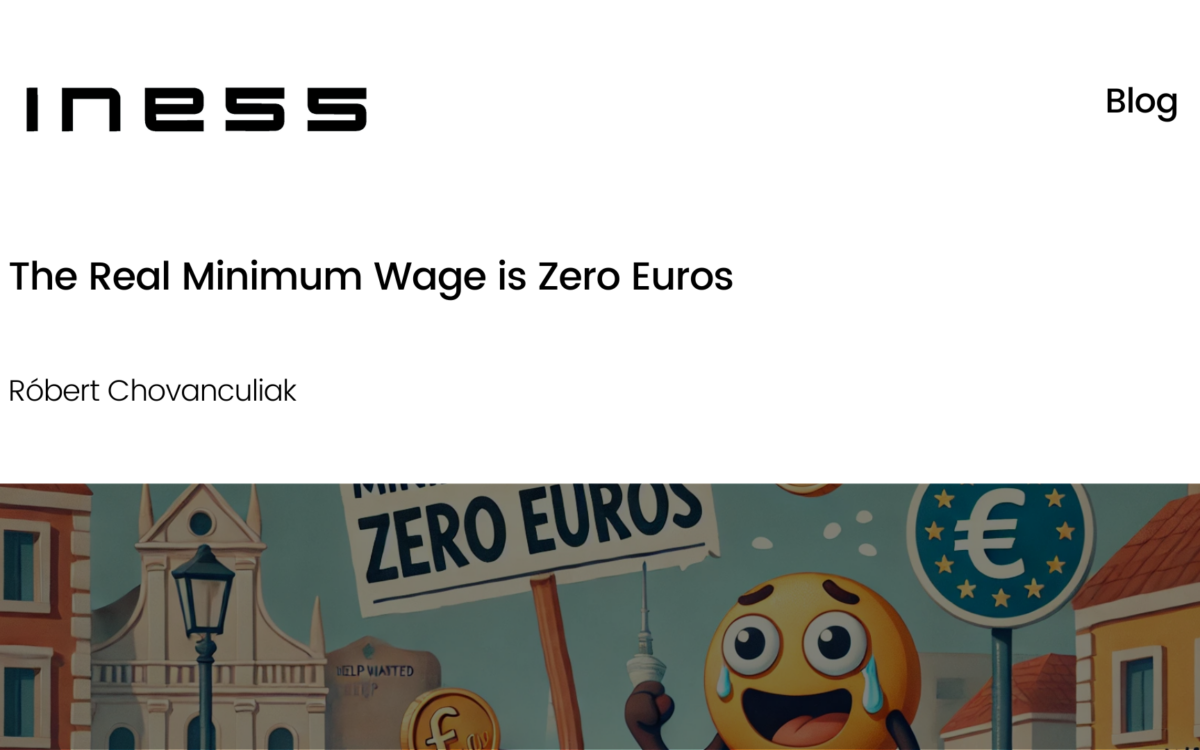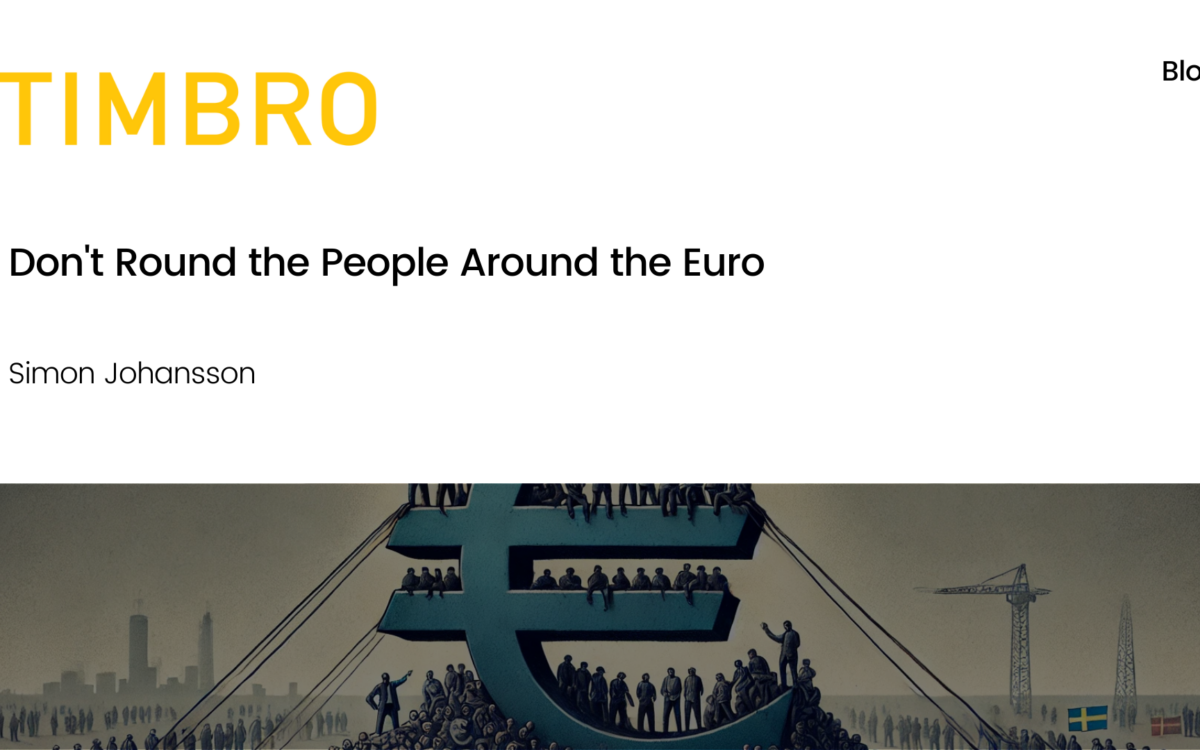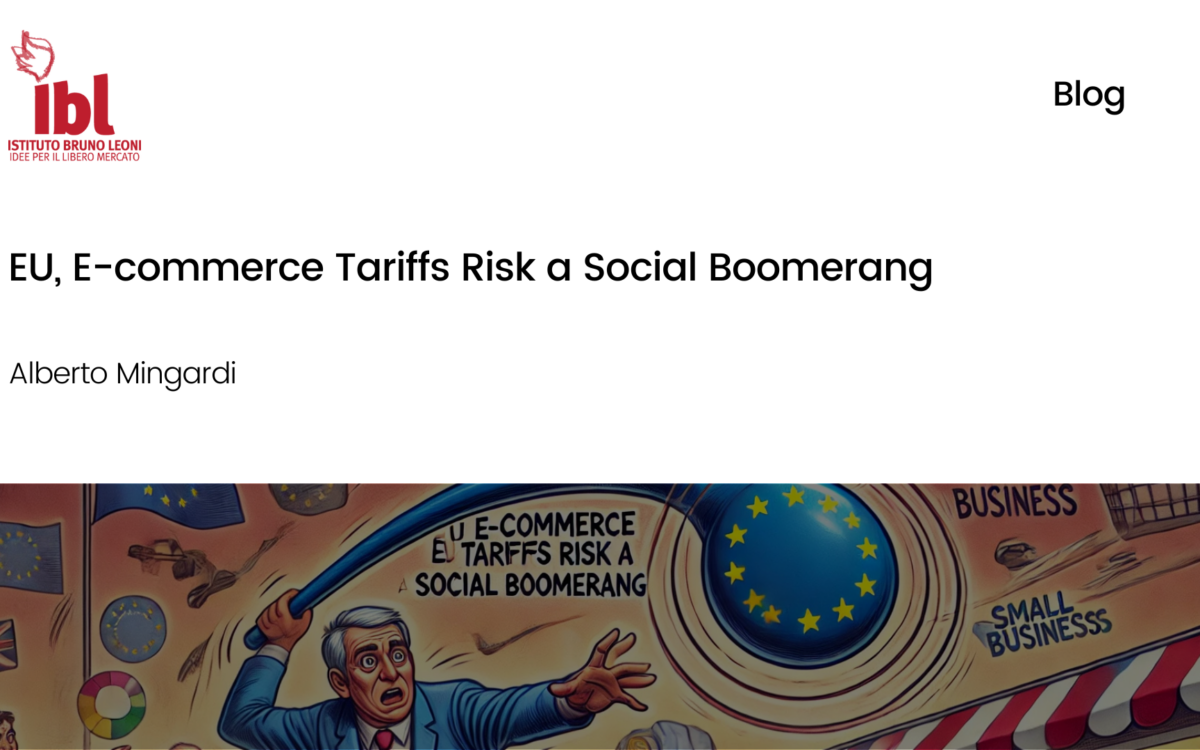How Current Funding Mechanisms Allow for the Misuse of EU Cohesion Funds

How Current Funding Mechanisms Allow for the Misuse of EU Cohesion Funds
Serena Clarke // 14 November 2019
The EU’s Cohesion Policy comprises almost a third of the current seven-year budget. However, there is controversy as to whether cohesion projects have been effective in promoting convergence and development, considering the distribution of funds is mainly based on intergovernmental earmarking.
Currently, using “The Berlin Formula”, less developed agricultural regions with a per capita GDP of less than 75% of the EU average are the largest net recipients. Therefore, it’s no surprise that, from 2014-2020, Poland has been allocated around €77.6 billion. In addition, €21.9 billion went to the much smaller Hungary. Some would argue that this has assisted economic convergence within the EU, with schemes like the “Poland enters gigabit society” project, enabling all schools to be connected to ultra-fast internet.
However, advocates for a smaller Cohesion Budget protest that funds are being used inefficiently. They cite examples such as Slovakia’s education ministry, where universities received very little of the €300m allocated by the EU to invest in research. What is more, the lack of transparency used in the allocation methodology could allow for state-level fraud to be organised by political actors. The case in Romania is possible evidence of such, with the country’s most powerful politician, Liviu Dragnea, being called into scrutiny following the European Anti-Fraud Office’s (OLAF) allegation that €21 million was fraudulently paid to Romanian officials from 2001-2012.
There is evidence that this alleged corruption is raising public dissatisfaction with the EU, as well as undermining solidarity among Member States. However, it must be noted that newer members of the union are not the only culprits. Actors in more developed Member States, such as the French far-right National Front, have also been charged in the past with using European Parliament cash to pay national party staffers. In turn, this begs the question whether EU Funds actually yield a return, in terms of additional growth, if there are opportunities for them to be misused for personal gain.
To combat the alleged misuse of EU taxpayers’ money and dealignment of Member States, European public institutions including the Anti-Fraud Office and the Council of Europe’s Group of States against Corruption (GRECO) are taking firm action. However more can be done.
The Commission has recently announced plans proposing to tighten the link between EU funds and structural and economic reforms. This would allow the EU to impose budget sanctions on countries deviating from the Union’s core values. The decision comes after states in Eastern Europe were accused of breaching the rule of law in regard to European policy. This includes three infringement procedures already being opened against Poland, with the EU’s top court ruling on Tuesday that lowering the retirement age of Polish judges breached EU law.
However, the withdrawal of precious cohesion funds has a high risk of backfiring politically. For example, Zoltan Kovacs, a Hungarian Government spokesman, suggested that tying political conditions to EU funds should be recognized as a form of “political blackmail”. He argued that if a country fails to align with the EU agenda their development is in turn threatened by the Commission. Poland’s Foreign Affairs Minister added to this, claiming that the EU should focus on improving efficiency rather than treating this misuse of funds as a chance to “confirm their status” through budget sanctioning. Arguably, in light of these statements, making changes to the distribution of EU structural funds would be a more credible method of dealing with Poland, Hungary, and other fragile democracies than threatening their funding.
Assuming the EU has the appropriate instruments and enough political will to address corruption, there are a number of different approaches they could take to improve the efficiency of cohesion funds.
Firstly, the Commission could aim to improve transparency throughout the system and adopt a much more hands-on approach in disbursing its funds, instead of relying on national governments that are subject only to weak monitoring. Using this system, EU officials can flag where there have already been accusations of irregularities or detected fraud, such as in 2014 when OLAF alleged “possible corruption” in relation to a railway line in Hungary, and recommended that the Commission should recover €228m of funds that were allegedly misused. From here, the Commission can refine this strategy through “assisted management” such as planting EU experts in national agencies to work alongside local stakeholders and citizens.
Alternatively, they can completely alter their approach to funding. This would entail a switch to a more centralised process, with direct investment going to private firms and universities, rather than to local authorities who allocate funds indirectly (which currently comprises nearly 80% of the EU budget). This could prevent the vested interests of government officials taking priority. With a reduction in red tape for local businesses, it could also encourage development for smaller sections of the economy rather than just commercial enterprises who offer support to politicians.
Finally, there is of course the option to dramatically cut inefficient and harmful investment from the EU budget. Examples include projects such as the $125m Polish “ghost” airports which have since struggled to attract either passengers or airlines.
These alternatives prove that, through better targeting of support, it is possible to improve the effectiveness of cohesion funds without the enforcement of an authoritarian sanction scheme.
Overall, whilst it is inevitable that there will be some degree of waste and failure in government programmes, it’s also clear that poor management has led to a situation where EU funds simply do not fulfil their original goals. It is not due to the shortage of cohesion funds themselves but the political arena in which they are dispersed that impacts their effectiveness.
The main purpose of reform, therefore, shouldn’t be to punish societies of the affected Member States but to repair and replace management authorities to efficiently prevent the misuse of funds. When addressing these issues in the Commission’s budget for 2020-27, they could adopt more sustainable methods of transparency alongside direct investment to encourage free market competition and development through economic sectors.
EPICENTER publications and contributions from our member think tanks are designed to promote the discussion of economic issues and the role of markets in solving economic and social problems. As with all EPICENTER publications, the views expressed here are those of the author and not EPICENTER or its member think tanks (which have no corporate view).



